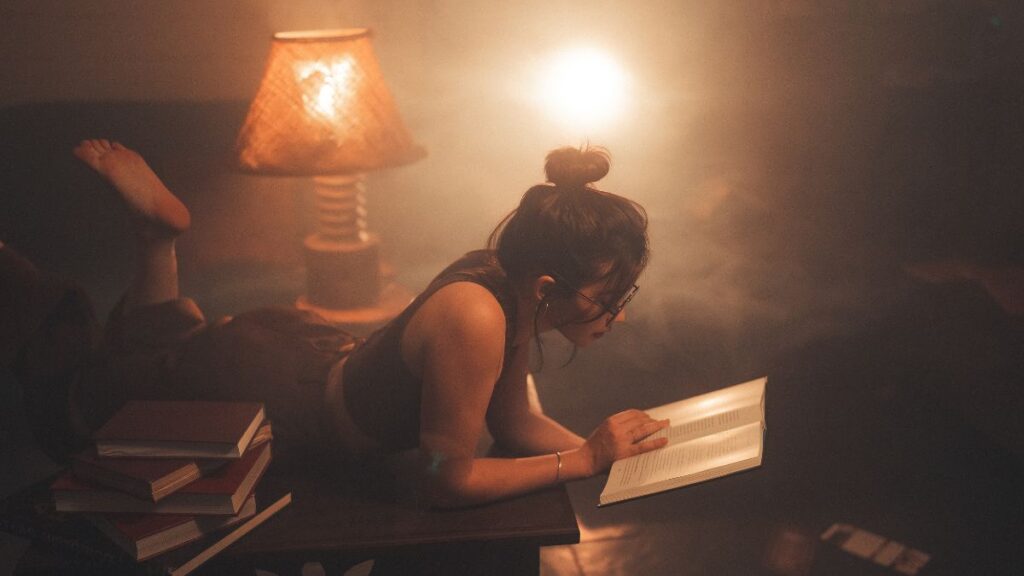Introduction to Lucipara
Lucipara: a name that resonates through the annals of time and culture, weaving its magic into art and literature. This captivating figure has sparked the imagination of countless creators throughout history. But who—or what—exactly is Lucipara? A delightful blend of myth, mystery, and inspiration lies at the heart of this enigmatic entity. As we embark on this exploration, prepare to uncover how Lucipara has influenced artistic expression and literary narratives alike. From ancient tales to modern interpretations, discover why Lucipara continues to enchant artists and writers today.
The Mythology and History behind Lucipara
Lucipara is steeped in rich mythology and history, captivating the imagination of many cultures. Originating from ancient tales, Lucipara embodies themes of light and transformation. Its name evokes a sense of illumination, guiding lost souls through darkness.
Legend has it that Lucipara was once a celestial being who descended to Earth to teach humanity about creativity and self-expression. This myth highlights the duality of existence—light versus shadow—and how they intertwine within artistic endeavors.
Historically, various civilizations have interpreted Lucipara differently. Some viewed it as a guardian spirit for artists and writers, while others revered it as an inspirational muse. This diverse representation adds depth to its narrative.
Through time, tales of Lucipara have evolved but remain anchored in the essence of enlightenment and inspiration—a testament to its enduring legacy across generations.
The Influence of Lucipara on Art
Lucipara has woven itself into the fabric of artistic expression across centuries. Artists have found inspiration in its rich symbolism and enigmatic nature. The essence of Lucipara often embodies themes of transformation, conflict, and beauty.
Painters have explored its mystique through vibrant colors and dynamic forms. Sculptors capture its spirit in fluid shapes that evoke motion and emotion. Each piece tells a story, inviting viewers to interpret the deeper meanings within.
In modern art, Lucipara continues to inspire innovation. Contemporary artists experiment with mixed media to illustrate its timeless relevance. This fusion creates immersive experiences that engage audiences on multiple levels.
The influence doesn’t stop at traditional mediums; digital art thrives on Lucipara’s allure as well. Graphic novels and illustrations showcase this captivating figure in fresh ways, bridging past narratives with current trends.
Through every brushstroke or pixel placed, Lucipara remains a muse for creators seeking to explore the boundaries of imagination.
Examples of Art Inspired by Lucipara
Artists throughout history have drawn inspiration from Lucipara, creating captivating pieces that echo its mystique. One notable example is a series of paintings depicting ethereal landscapes bathed in the luminescent glow associated with Lucipara’s lore.
Sculptors have also ventured into this realm, crafting intricate statues that embody the essence of Lucipara’s character—graceful yet powerful. These three-dimensional interpretations invite viewers to explore the duality present within this mythological figure.
Photographers, too, find themselves enchanted by Lucipara. They capture moments where light dances across natural scenes reminiscent of her aura. Such works evoke feelings of wonder and reverence for nature’s beauty.
Digital artists push boundaries further by reimagining traditional themes through modern technology. Their vibrant illustrations often blend folklore with contemporary styles, allowing new generations to connect with Lucipara’s legacy in fresh ways.
The Role of Lucipara in Literature
Lucipara holds a significant place in the fabric of literature. Writers have long drawn inspiration from its rich mythology and intriguing lore.
In various texts, Lucipara symbolizes the duality of light and darkness. This theme resonates deeply with characters navigating their internal struggles. The complexity invites readers to ponder profound questions about morality and existence.
Poets often find solace in Lucipara’s ethereal qualities. Verses filled with vivid imagery transport audiences to realms where imagination reigns supreme. Each word crafted around Lucipara evokes emotions that linger long after reading.
Novels also explore its narrative potential, weaving intricate tales steeped in mystery. Authors use these elements to develop plots that challenge norms and provoke thought.
Through diverse genres, Lucipara remains a captivating muse for many writers seeking depth and resonance in their storytelling endeavors. Its influence is unmistakable across literary landscapes worldwide.
Notable Works Featuring Lucipara
Several notable works delve deep into the essence of Lucipara, bringing its mystique to life. One such piece is “The Shadowed Realm,” a novel that captures the spirit of Lucipara’s duality—its beauty and darkness.
Visual art has also embraced this enigmatic figure. Artists like Elena Torres have explored Lucipara’s symbolism in vibrant canvases. Her painting, “Whispers of Light,” showcases ethereal forms inspired by ancient tales.
In poetry, Lucipara resonates within verses penned by contemporary writers who draw on its themes of transformation and longing. These works evoke emotions through vivid imagery and poignant reflection.
Film adaptations further illustrate the captivating allure surrounding Lucipara. A recent indie film reimagines classic myths, intertwining modern narratives with age-old legends, inviting viewers to explore new dimensions of this intriguing character.
Contemporary Interpretations of Lucipara
Contemporary interpretations of Lucipara reflect a blend of traditional themes and modern sensibilities. Artists today often reinterpret her mythology, infusing it with contemporary issues such as gender identity and empowerment.
Visual artists explore Lucipara’s symbolism through dynamic mediums. Digital art, for instance, creates vibrant representations that resonate with younger audiences. The use of bold colors and abstract forms captures the essence of her spirit while challenging conventional narratives.
In literature, authors weave Lucipara into complex characters who navigate their own journeys against societal norms. These retellings breathe new life into ancient stories, making them relevant in today’s context.
Theatrical performances also play a role in shaping public perception. Modern adaptations bring fresh dialogue to age-old tales, emphasizing emotional depth and moral dilemmas faced by protagonists inspired by Lucipara’s legacy.
Each interpretation invites audiences to engage with the myth anew, sparking conversations about culture and identity in our evolving world.
Conclusion: The Enduring Influence of Lucipara in the Creative World
The legacy of Lucipara is undeniable. This intriguing figure has woven itself into the very fabric of art and literature, leaving an indelible mark on countless creators. As we explored, the mythology surrounding Lucipara not only captivates us but also inspires profound creativity.
From paintings that evoke emotion to literary works that provoke thought, artists and writers have long drawn from its rich narrative. Each interpretation adds a new layer to our understanding of Lucipara’s significance. The themes of transformation, conflict, and beauty resonate through time.
Today’s artists continue to reinterpret Lucipara in fresh ways. They explore modern issues while paying homage to ancient tales. This evolution demonstrates how adaptable this mythic character remains across cultures and eras.
Lucipara serves as a reminder that art and literature are vibrant dialogues with history. As long as there are stories to tell or images to create, the influence of Lucipara will persist—moving seamlessly between realms both old and new in our creative expressions.





